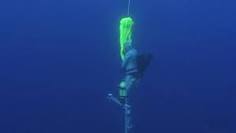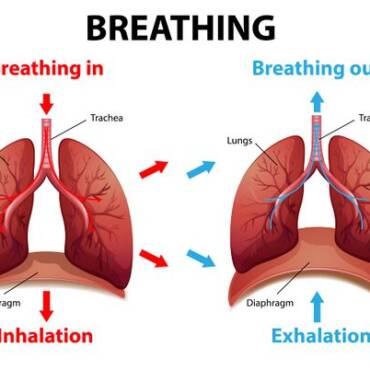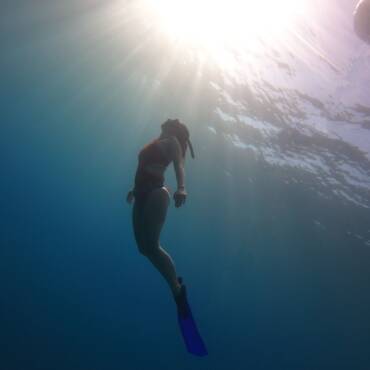August 2017.
Italian freediver Andrea Zuccari dived 185m into the waters off Sharm El Sheikh, Egypt. A new national No Limits record.
He emerged calm, composed, and as cool as a cucumber. Giving his team a “big thumbs up”, all he said was: “I’m Ok.”
That’s it. No fanfare, no fuss.
NO LIMITS FREEDIVING (NLT)
No limit freediving is the deepest and most extreme freediving-discipline. It uses a weight to help the diver descend to extreme depths and a buoyancy device to help them ascend.
In addition to No Limit Freediving, there are five other freediving disciplines. Let’s look briefly at each.
CONSTANT WEIGHT FREEDIVING
Widely regarded as the purest freediving discipline, Constant Weight Freediving holds a special place in the hearts of many divers.
It is split into two categories: CWT, where divers have the privilege of employing fins for propulsion, and CNF, where divers navigate the depths without fins.
FREE IMMERSION FREEDIVING
Free Immersion involves diving without the assistance of fins. Instead of relying on fins for propulsion, divers ascend from the depths by pulling themselves up the dive line.
To prioritize the safety of divers during this ascension, a lanyard is securely fastened to the diver’s ankles rather than their wrists. This prevents any interference as the divers pull themselves through the water.
VARIABLE WEIGHT FREEDIVING (VWT)
During Variable Weight Freediving, divers use a weight to pull them down steadily to the desired depth.
Once they have reached the desired depth, the weight is released so that divers can safely make their way back up to the surface by using fins and pulling on the rope.
DYNAMIC APNEA
Dynamic Apnea measures the horizontal distance covered underwater on a single breath, either with a monofin (DYN) or with bi-fins (DYNB).
This is also done without fins (DNF). Dynamic apnea tests the diver’s swimming efficiency, technique, and breath-holding capacity while in motion.
STATIC APNEA (STA)
Static apnea focuses on breath-holding time rather than depth. In this discipline, divers lie face-down in the water without moving, holding their breath for as long as possible.
The diver’s body remains stationary during the attempt, testing their mental toughness, relaxation techniques, and breath-holding capacity.
References:
The different freediving disciplines explained.
Go here to read our other blog posts.
P.S: Farewell Dear Andrea. May you find eternal peace.





Add Comment